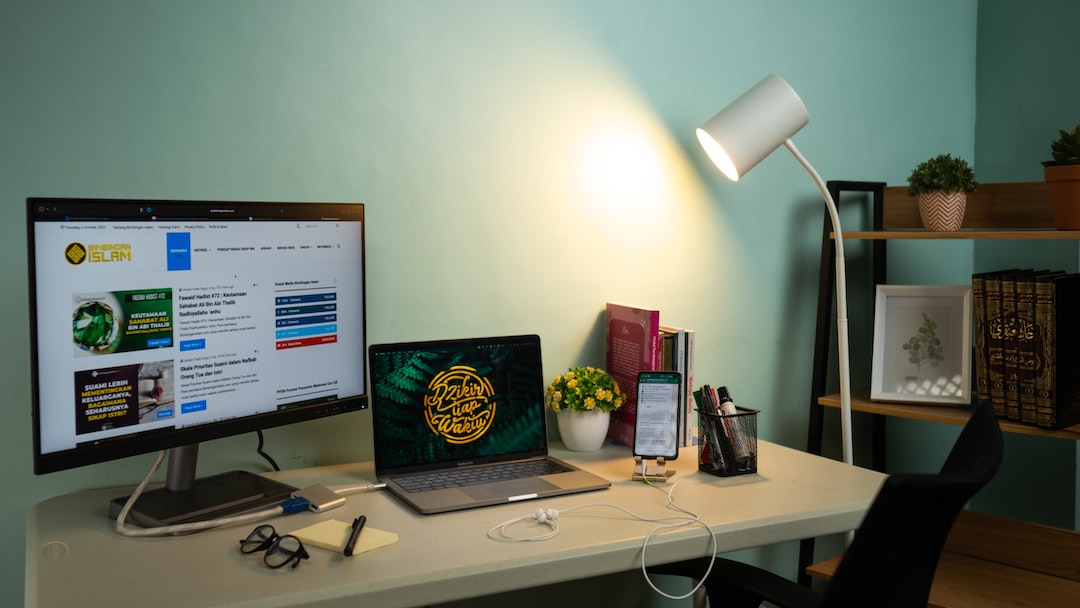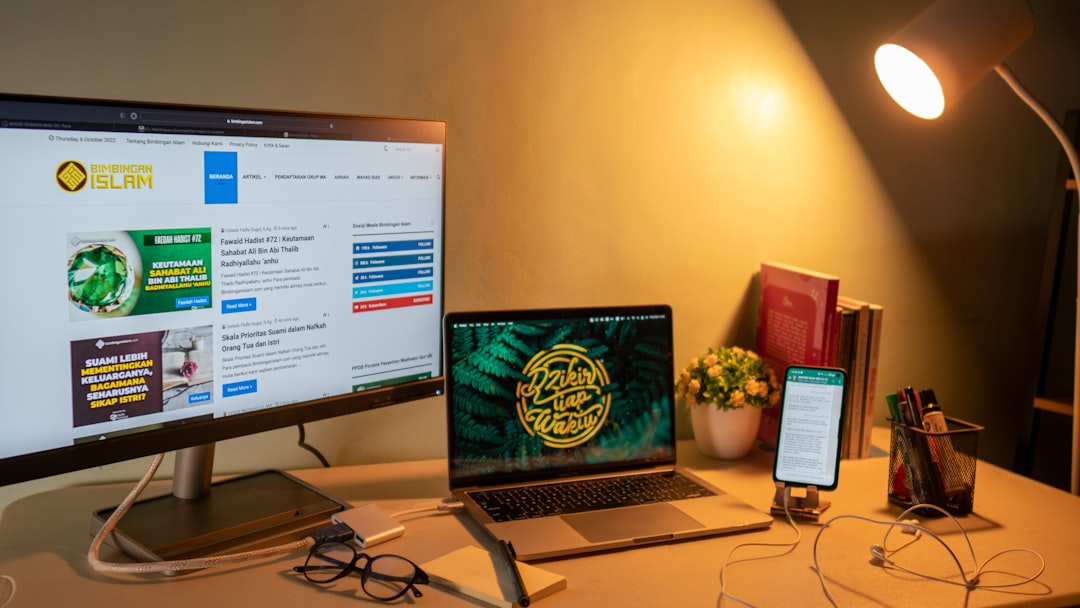As the old saying goes, time is money. In today’s fast-paced world, time is one of the most valuable commodities we have. Many people struggle with managing their time effectively, leading to stress, anxiety, and a sense of being overwhelmed.
Fortunately, there is a solution to this problem: time blocking. Time blocking is a simple yet powerful technique that involves breaking your day down into specific time periods, or “blocks,” during which you focus on specific tasks or activities.
By setting aside specific blocks of time for each task, you can eliminate distractions and work more efficiently. You’ll also find that you’re able to get more done in less time, leading to increased productivity and a sense of accomplishment at the end of the day.
In this blog post, we’ll explore the benefits of time blocking, how to effectively time block, and how to integrate this technique into your daily routine. By the end of this post, you’ll have the tools and knowledge you need to take control of your time and boost your productivity and overall well-being.
The Benefits of Time Blocking: Increased Productivity and Reduced Stress
If you want to be more productive, reduce stress, and achieve your goals, then time blocking is a technique you should consider. Time blocking is the practice of dividing your day into blocks of time and assigning specific tasks to each block. By doing this, you can manage your time more effectively, prioritize your tasks, and focus on what is important.
One of the biggest benefits of time blocking is increased productivity. When you have a set schedule and clear objectives for each block of time, you are more likely to stay on task and complete your work in a timely manner. This is because you are not wasting time trying to decide what to do next or getting distracted by other tasks or interruptions. You are working with intention and purpose, which helps you get more done in less time.
Another benefit of time blocking is reduced stress. When you have a plan for your day, you don’t have to worry about forgetting something important or missing a deadline. You know exactly what needs to be done and when, so you can focus on the task at hand without the added stress of feeling overwhelmed or uncertain about what to do next.
In addition to these benefits, time blocking can also help you:
– Improve your focus and concentration
– Prioritize your tasks and goals
– Avoid procrastination and distractions
– Increase your sense of accomplishment and satisfaction
– Improve your time management skills
– Reduce decision fatigue and mental overload
Overall, time blocking is a powerful technique that can help you achieve more in less time, while also reducing stress and improving your overall well-being. In the next chunk, we will discuss how to effectively time block and provide tips and tricks for successful implementation.
In the next chunk, we will discuss how to effectively time block and provide tips and tricks for successful implementation.
How to effectively time block: Tips and tricks for successful implementation
Time blocking can be a highly effective productivity tool, providing structure and a clear plan for how to approach each day. However, implementing time blocking can be challenging, especially for those who have never tried it before. Fear not, as there are several tips and tricks that you can use to ensure success when implementing time blocking.
1. Prioritize your tasks:
One of the most important elements of successful time blocking is knowing what tasks you need to accomplish during the day. Start by writing down a list of everything you need to do, and order these tasks based on their importance. This will help you to prioritize your time and to block out specific periods for the most pressing tasks.
2. Set specific time blocks:
Time blocking is most effective when you set specific start and end times for each activity. This means scheduling specific time blocks for meetings, appointments, and important tasks. It also means being realistic about how long each task will take, and allocating enough time for each one.
3. Use a timer:
Setting a timer is a great way to stay focused and to ensure that you are using your scheduled time blocks effectively. Use a timer to keep yourself on track and to avoid getting sidetracked by distractions or other tasks.
4. Minimize distractions:
Distractions can derail even the most well-planned time blocking schedule. To avoid this, minimize distractions as much as possible. This might mean turning off your phone, closing your email inbox, or finding a quiet place to work.
5. Be flexible:
While it is important to stick to your time blocked schedule as much as possible, it is also important to be flexible. Unexpected events can arise, and you may need to adjust your schedule accordingly. Factor in some extra time for contingencies, and be prepared to shift your schedule as needed.
6. Take breaks:
While time blocking can be an effective way to increase productivity, it is important to take breaks periodically throughout the day. This will help to reduce stress and prevent burnout. Plan regular breaks into your time blocking schedule, and use this time to recharge and refresh your mind.
Implementing time blocking can be a game-changer for productivity and overall well-being. By using these tips and tricks, you can ensure that you are making the most of your time and achieving your goals effectively and efficiently.
It also means being realistic about how long each task will take, and allocating enough time for each one.
Being realistic: The importance of factoring in breaks and contingencies
When it comes to time blocking, it’s important to be realistic about what you can accomplish in a set period of time. While it may be tempting to pack your schedule with back-to-back tasks, it’s crucial to factor in breaks and contingencies.
This means giving yourself permission to take a step back and rest when needed. Taking breaks not only helps you recharge and refocus, but it can also prevent burnout and reduce stress levels.
Additionally, it’s important to factor in contingencies or unexpected events that may arise. This could include dealing with a last-minute project, a sudden family obligation, or an unexpected meeting. By acknowledging that these situations are a possibility, and allowing room in your schedule for them, you’ll be better equipped to handle whatever comes your way.
When it comes to breaks and contingencies, it’s important to strike a balance between being flexible and staying on track. This may mean adjusting your schedule as needed, but also staying committed to completing the tasks on your list.
Remember, the goal of time blocking isn’t to achieve perfection or to fit as much into your schedule as possible. It’s about using your time in a way that promotes productivity, reduces stress, and ultimately helps you achieve your goals.
By being realistic about breaks and contingencies, you’ll be on a path to success in your time blocking journey.
Being realistic: The importance of factoring in breaks and contingencies
When it comes to time blocking, it’s important to be realistic about what you can accomplish in a set period of time.
Tracking progress: The role of accountability in staying on track
One of the most important aspects of time blocking is staying on track and making sure you are effectively managing your time. This is where accountability comes in. Accountability can take many forms, from working with a coach or mentor to simply tracking your own progress.
One effective way to stay accountable is to set goals and deadlines for each time block. Make sure these goals are specific, measurable, and achievable. Then, track your progress towards these goals using a system that works for you. This could be a simple checklist or a more elaborate system like a project management tool.
Another way to stay accountable is to work with a partner or group. This can provide added motivation and support as you work towards your goals. You can set up regular check-ins and share progress updates to keep each other on track.
Along with setting goals and working with a partner or group, it’s also important to regularly evaluate your progress and adjust as needed. This means taking time to reflect on what’s working well and what could be improved. This self-reflection can help you identify patterns and habits that are helping or hindering your progress.
Finally, remember that accountability is not about being perfect – it’s about being honest and transparent with yourself and others. It’s okay to fall short of your goals or slip up occasionally. The key is to learn from these experiences and use them to continue growing and improving.
By incorporating accountability into your time blocking routine, you can stay on track and make the most of your time. Whether you are working towards a big project or simply trying to improve your daily routine, tracking progress and staying accountable can help you achieve your goals with greater ease and efficiency.
This can provide added motivation and support as you work towards your goals.
Taking it a Step Further: Integrating Time Blocking into Other Aspects of Life
As you begin to experience the benefits of time blocking in your work life, it’s only natural to want to apply the same principles to other areas of your life. By doing so, you can further enhance your productivity, reduce your stress levels, and achieve your goals more efficiently.
One area where time blocking can be particularly effective is in your personal life. Whether you want to prioritize spending time with loved ones, pursuing hobbies, or taking care of yourself, a strategic approach can help you make the most of every moment.
To integrate time blocking into your personal life, start by identifying your priorities. What matters most to you? What activities make you happiest and most fulfilled? Once you have a clear idea of what you want to achieve, you can begin to block out time for these activities in your schedule.
It’s important to note that your personal time blocks may not be as rigid as your work blocks. You may need to build in more flexibility to account for unexpected events, changes in plans, or simply the need for downtime. However, by proactively setting aside time for what matters most to you, you’ll be more likely to make it happen.
Time blocking can also be useful in managing household tasks and chores. Rather than allowing these tasks to pile up and create a sense of overwhelm, you can establish specific times for cleaning, laundry, grocery shopping, and other necessary activities. This can help you stay on top of your responsibilities while freeing up mental energy for more enjoyable activities.
Finally, time blocking can be a valuable tool in achieving your health and fitness goals. By scheduling time for exercise, meal prep, and other healthy habits, you can make them a priority in your life. Not only will this help you stay on track, but it can also provide a sense of accomplishment and empowerment.
Incorporating time blocking into different areas of your life may take some trial and error, but with some experimentation and adjustment, you can find a system that works for you. The key is to approach it with intention and a willingness to prioritize what matters most to you.
In conclusion, time blocking is a powerful tool for improving productivity and reducing stress. By taking it a step further and integrating it into other aspects of your life, you can unlock even more benefits and achieve your goals more efficiently. So why not give it a try? Your future self will thank you.
The key is to approach it with intention and a willingness to prioritize what matters most to you.
Conclusion: Emphasizing the Transformative Power of Time Blocking for Productivity and Overall Well-being
In today’s fast-paced world, time is a precious resource that we often waste due to poor planning and procrastination. Time blocking is a powerful technique that can help increase productivity and reduce stress by allowing us to focus on our most important tasks and eliminate distractions.
By implementing the tips and tricks outlined in this post, you can effectively time block and take control of your schedule. Remember to be realistic and factor in breaks and contingencies to avoid burnout and boost creativity. Utilize accountability to stay on track and track your progress to measure your success.
Integrating time blocking into other aspects of your life, such as exercise, socializing, and personal development, can also help you achieve a more balanced and fulfilling life.
In conclusion, the transformative power of time blocking is undeniable. By prioritizing and allocating time for our most important tasks, we can achieve greater productivity and overall well-being. So, take charge of your schedule, implement time blocking, and start enjoying the benefits today!





